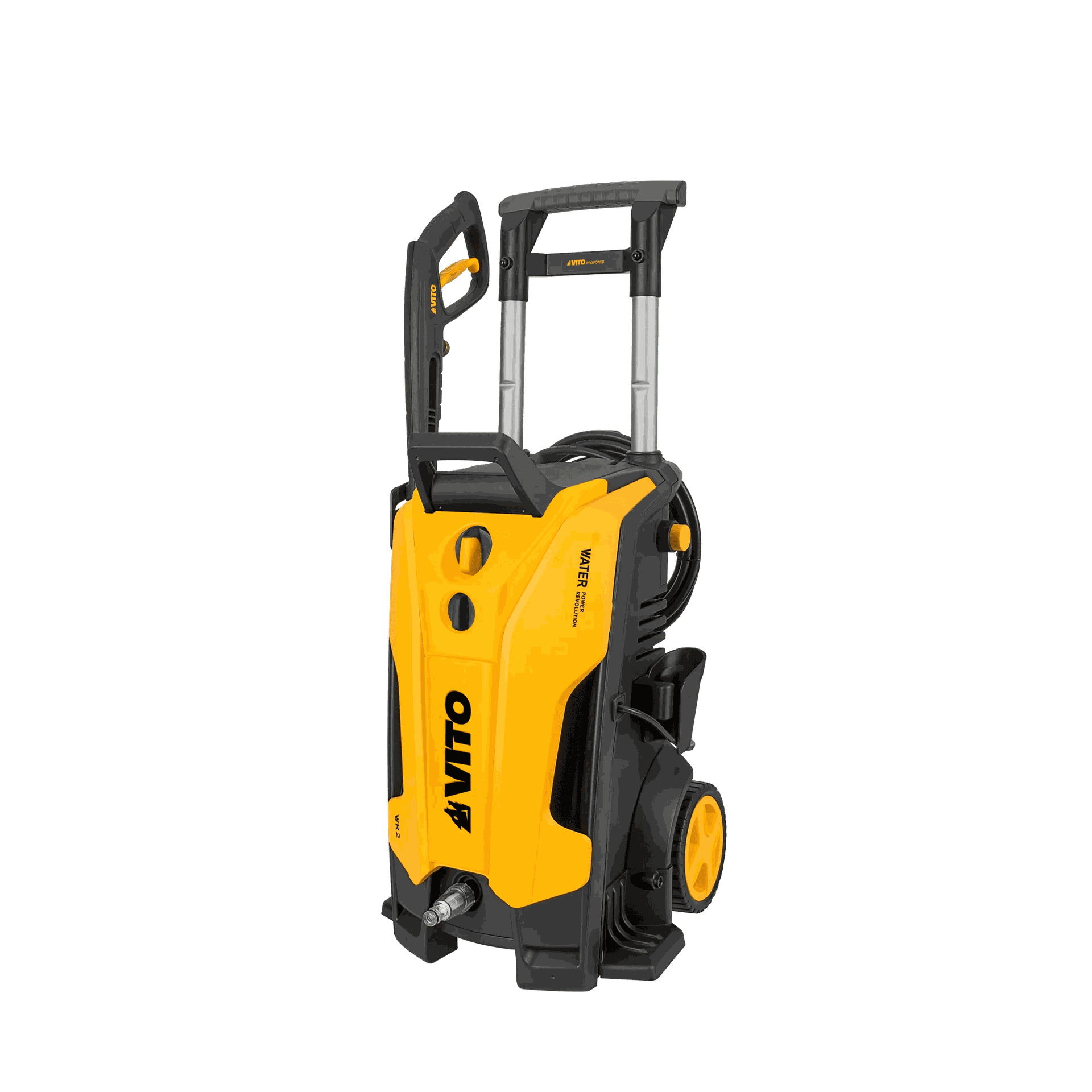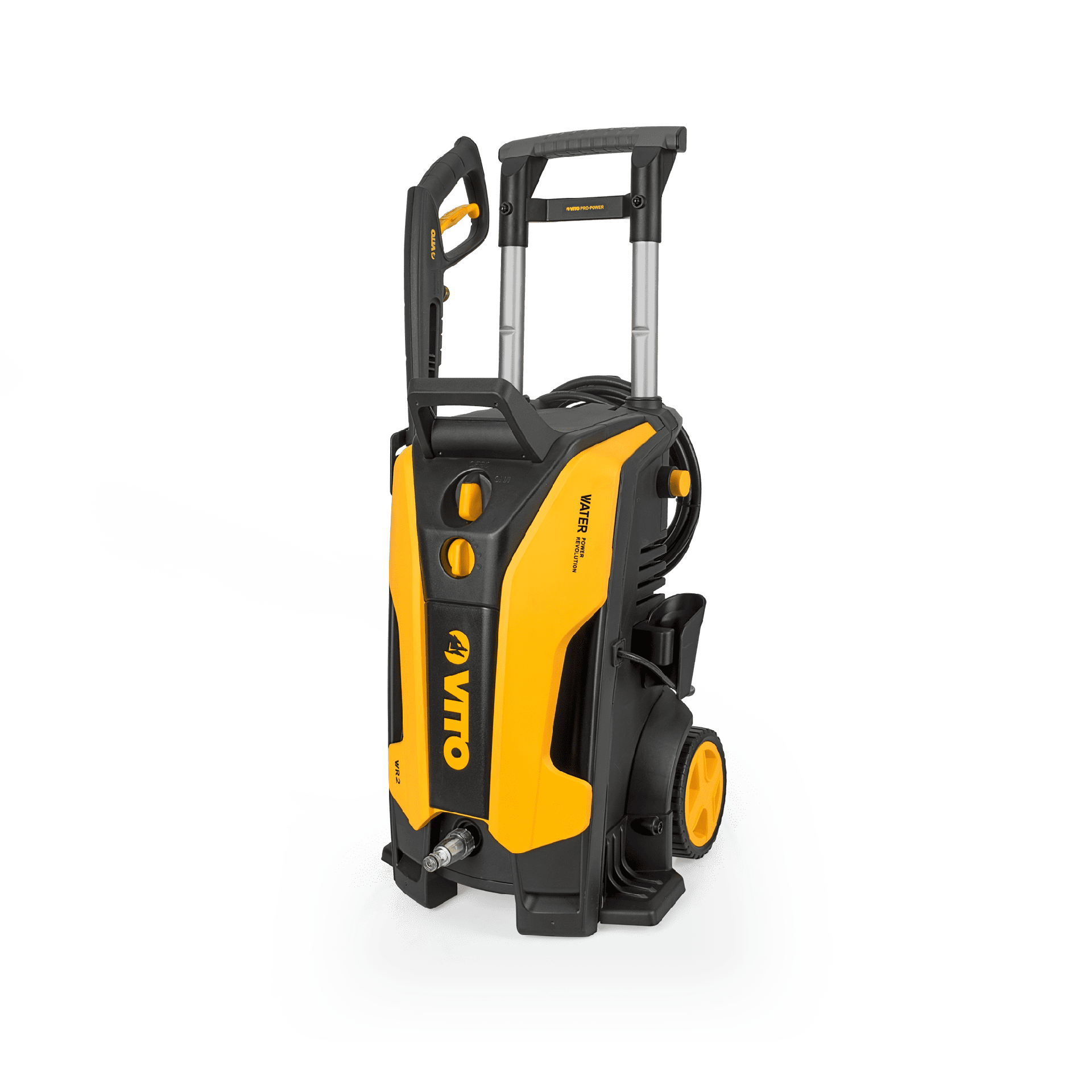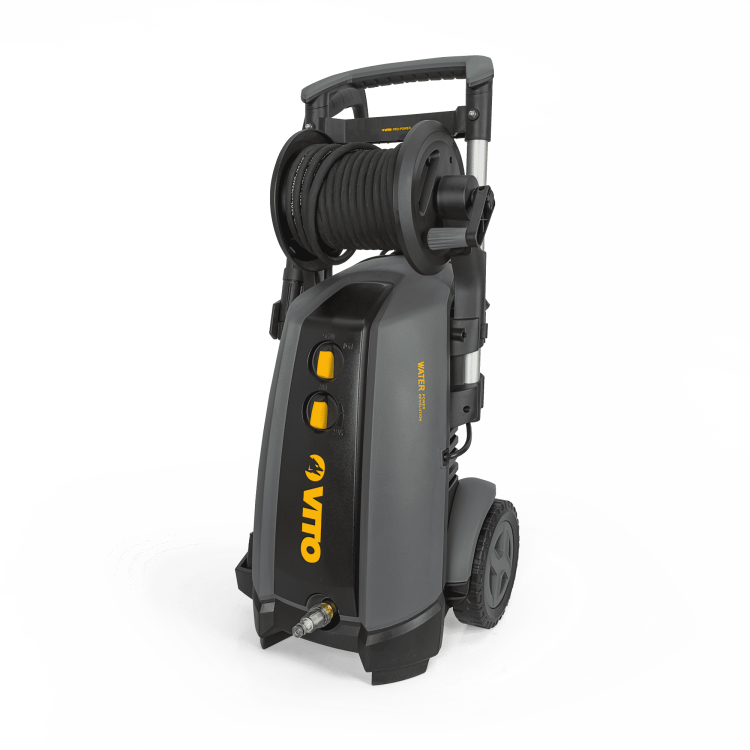In the world of construction and maintenance, pressure washers are indispensable tools. Whether for cleaning facades, machinery, floors, or vehicles, water pressure works wonders… as long as they are used correctly.
What many people don't know is that a pressure washer used incorrectly can do more harm than good.
⚠️ How can a pressure washer cause damage?
Stripping paint: Using too much pressure or an unsuitable nozzle can lift layers of paint, even on metal or treated wood surfaces.
Wearing out joints: Expansion joints or seals can be damaged by a direct high-pressure jet.
Chipping delicate surfaces: Untreated wood, natural stone or softer areas can be damaged if the flow is not properly regulated.
🎯 What is the real problem?
It's not the machine, it's the misuse.
In most cases, the mistake is in choosing too high a pressure or too concentrated a nozzle.
👉 And this is where technical advice comes into play.
🛠 In Almuco we make it easy
You don't need to be an expert
In Almuco, we take care of:
✅ Advise you on which pressure washer model to use.
✅ Configure the nozzle and pressure according to the job.
✅ We can offer you a quick demonstration if you need it.
In addition, we have a special promotion on pressure washers until May 2nd:
🎁Guaranteed gift + 🎟️ Exclusive raffle with every purchase.
📞 Any questions? We'll answer them in person.
Stop by our store or write to us on WhatsApp.
We make sure you use the right tool for your task, without risks.
🔧 Tool rental, sales, and repair since 1996.
📍 Almuco – Your partner workshop on site.





